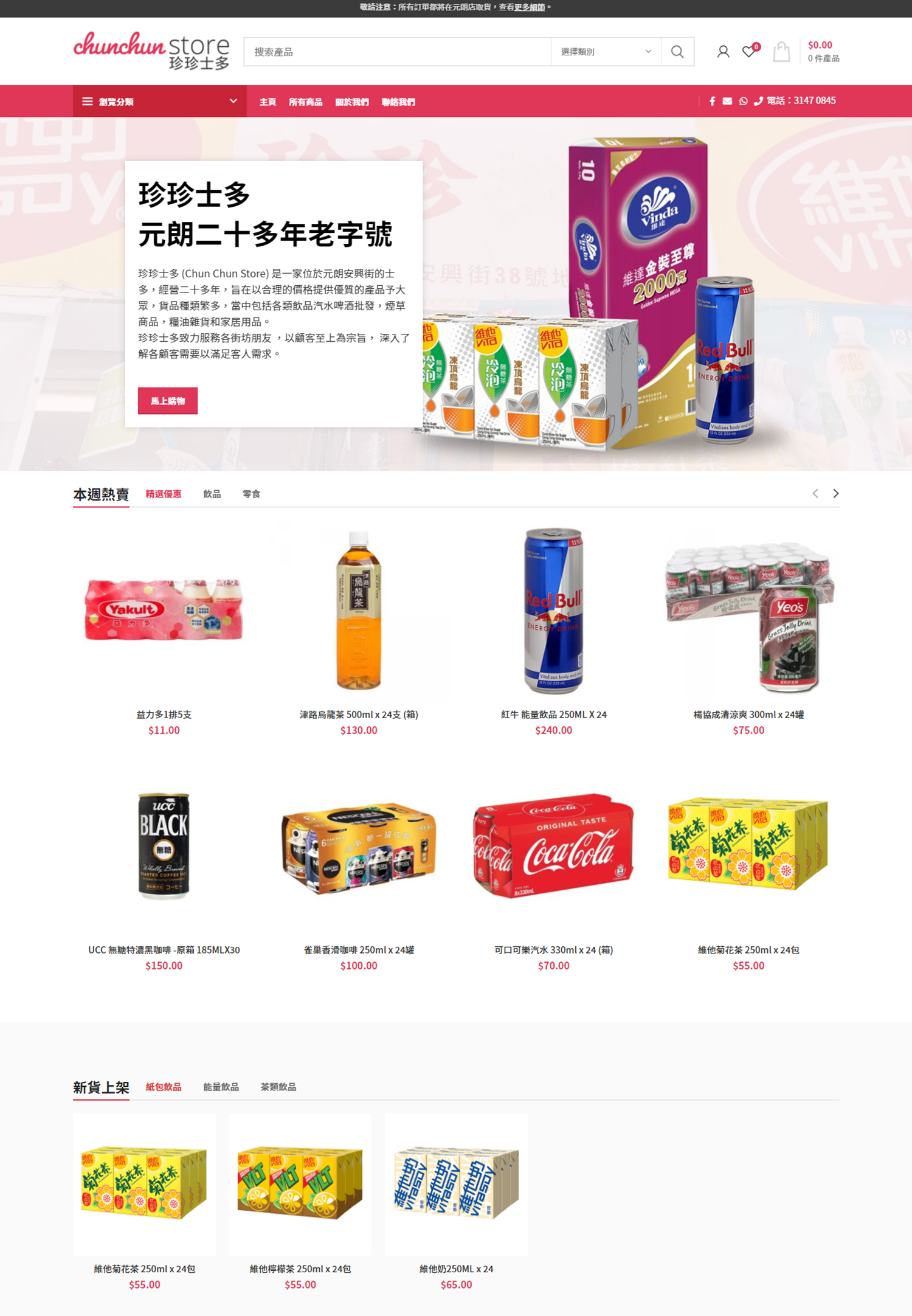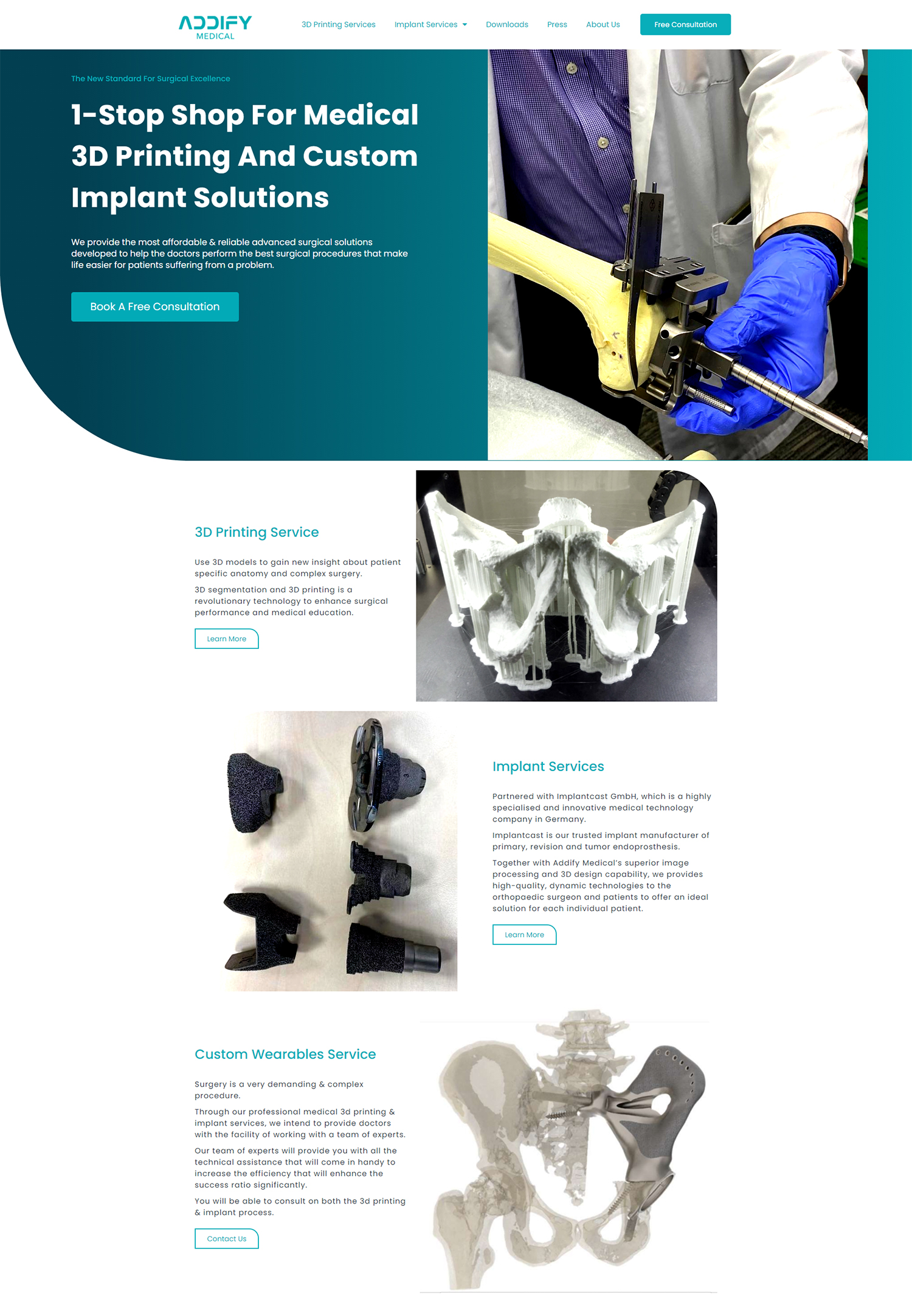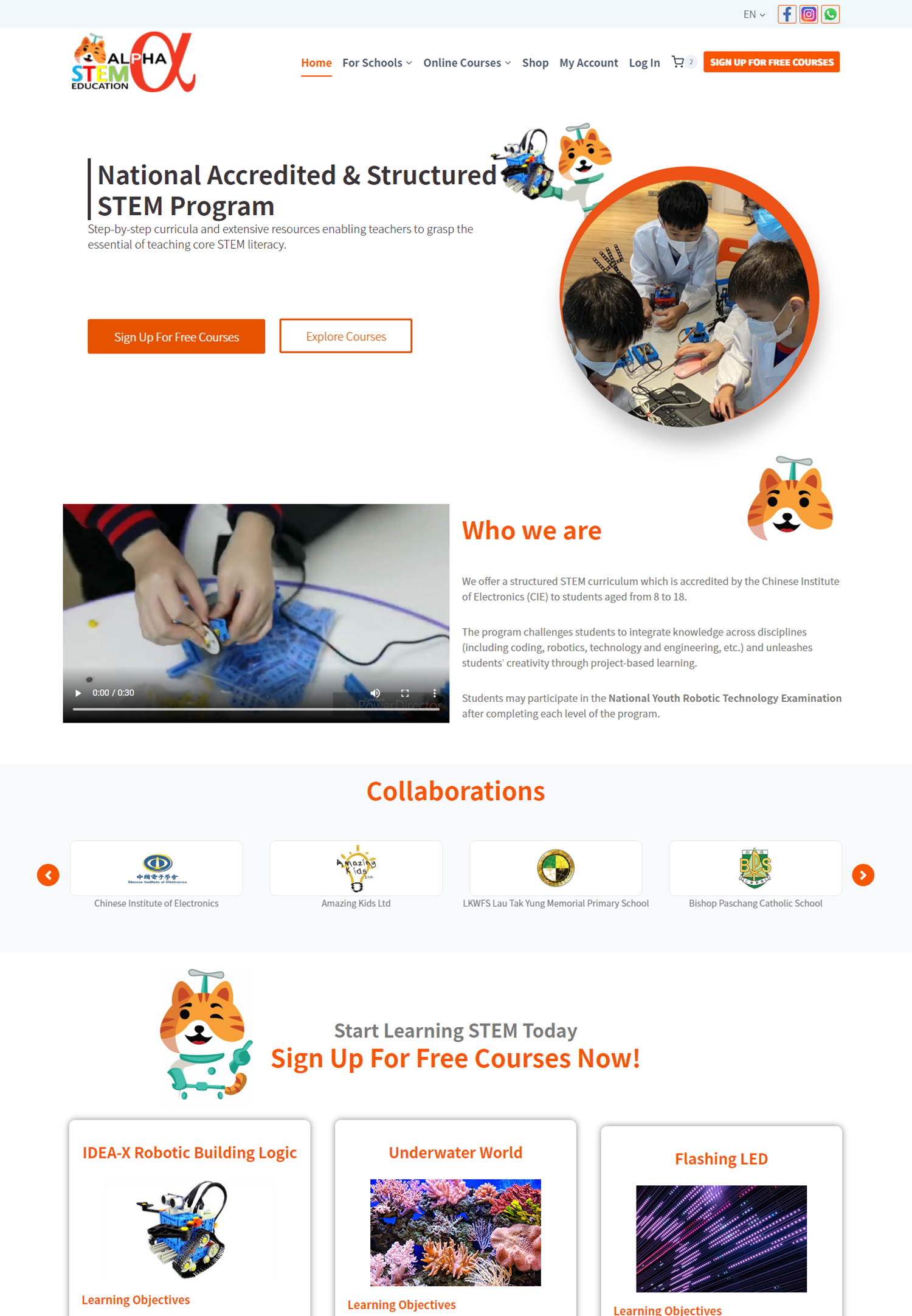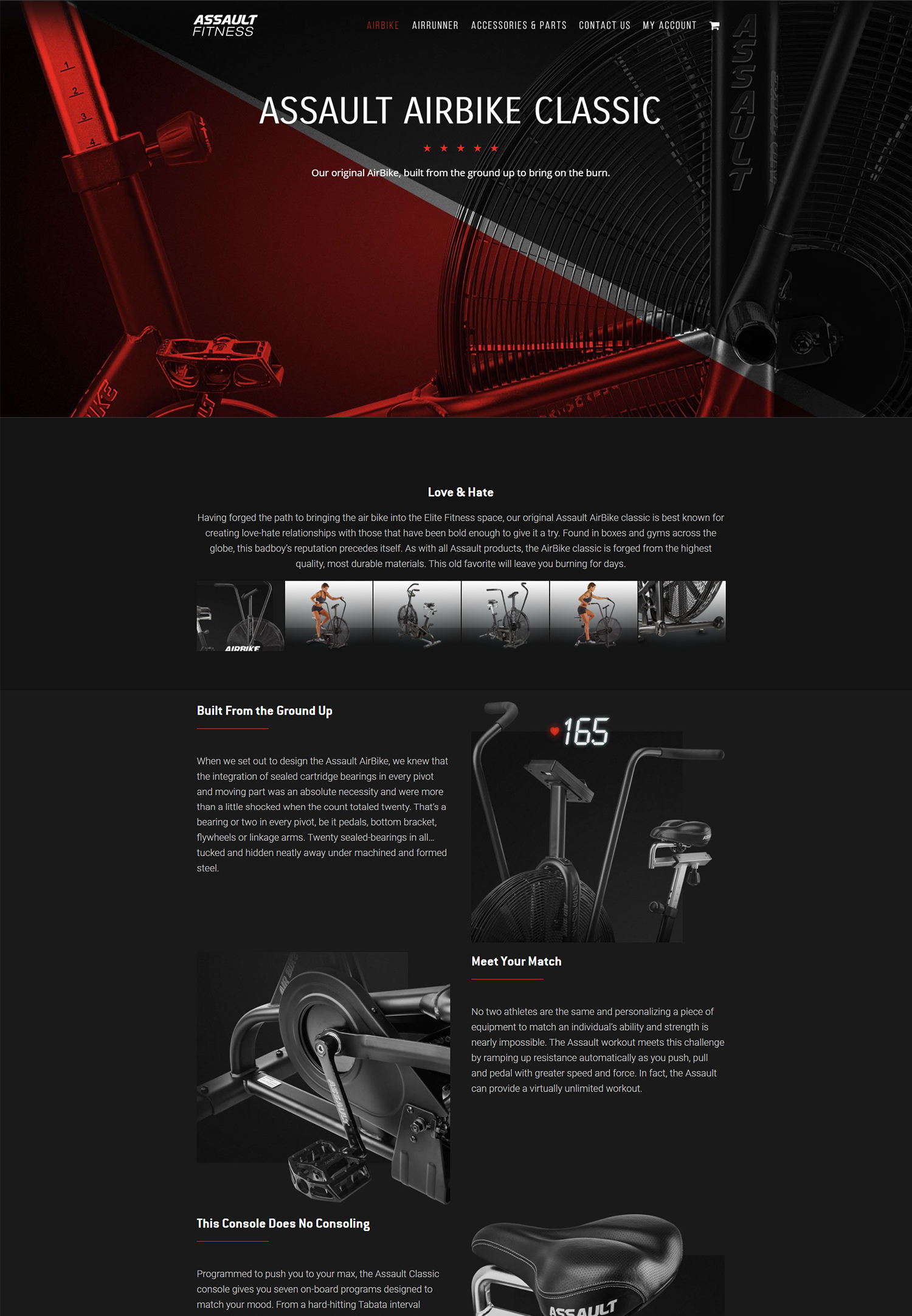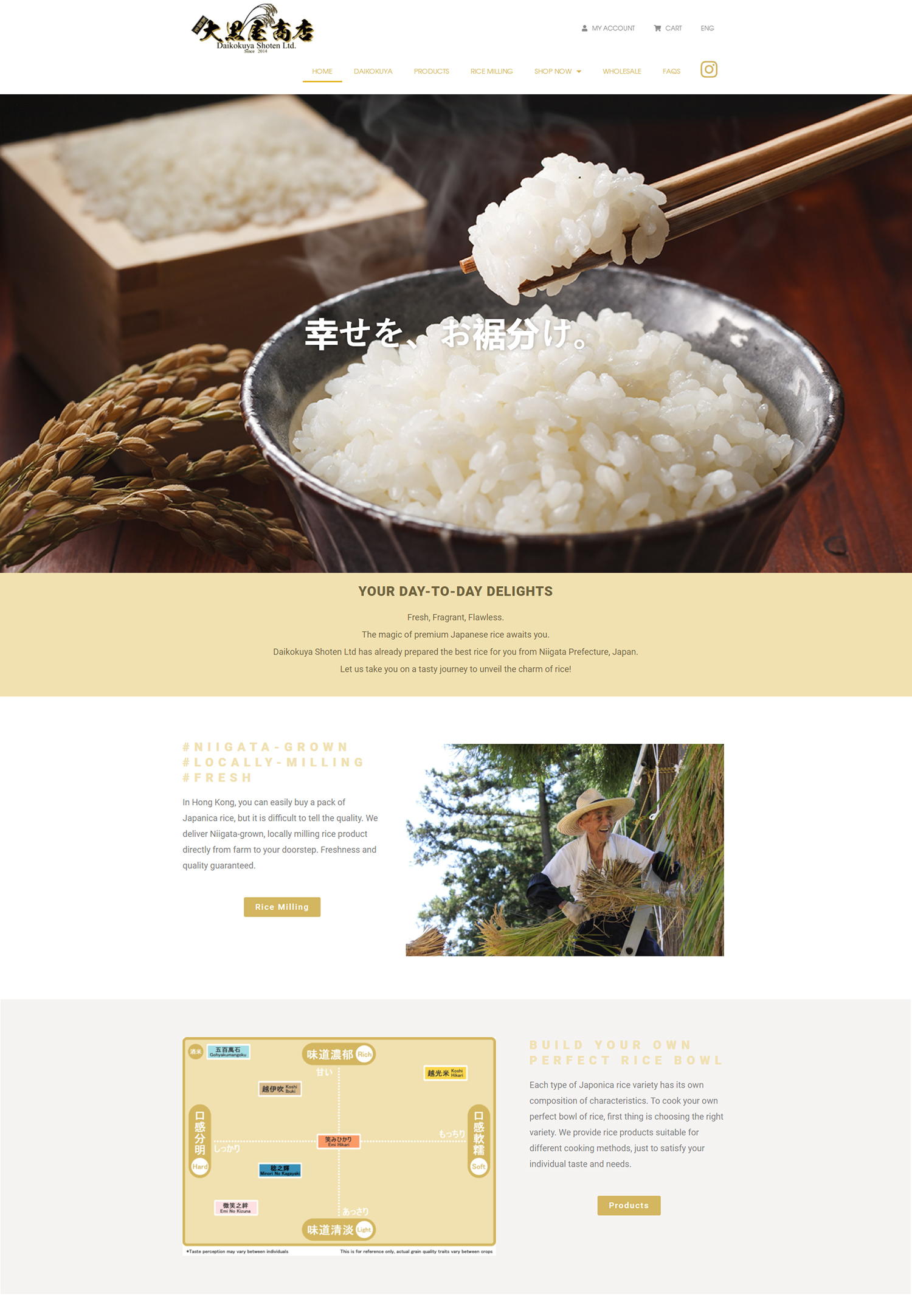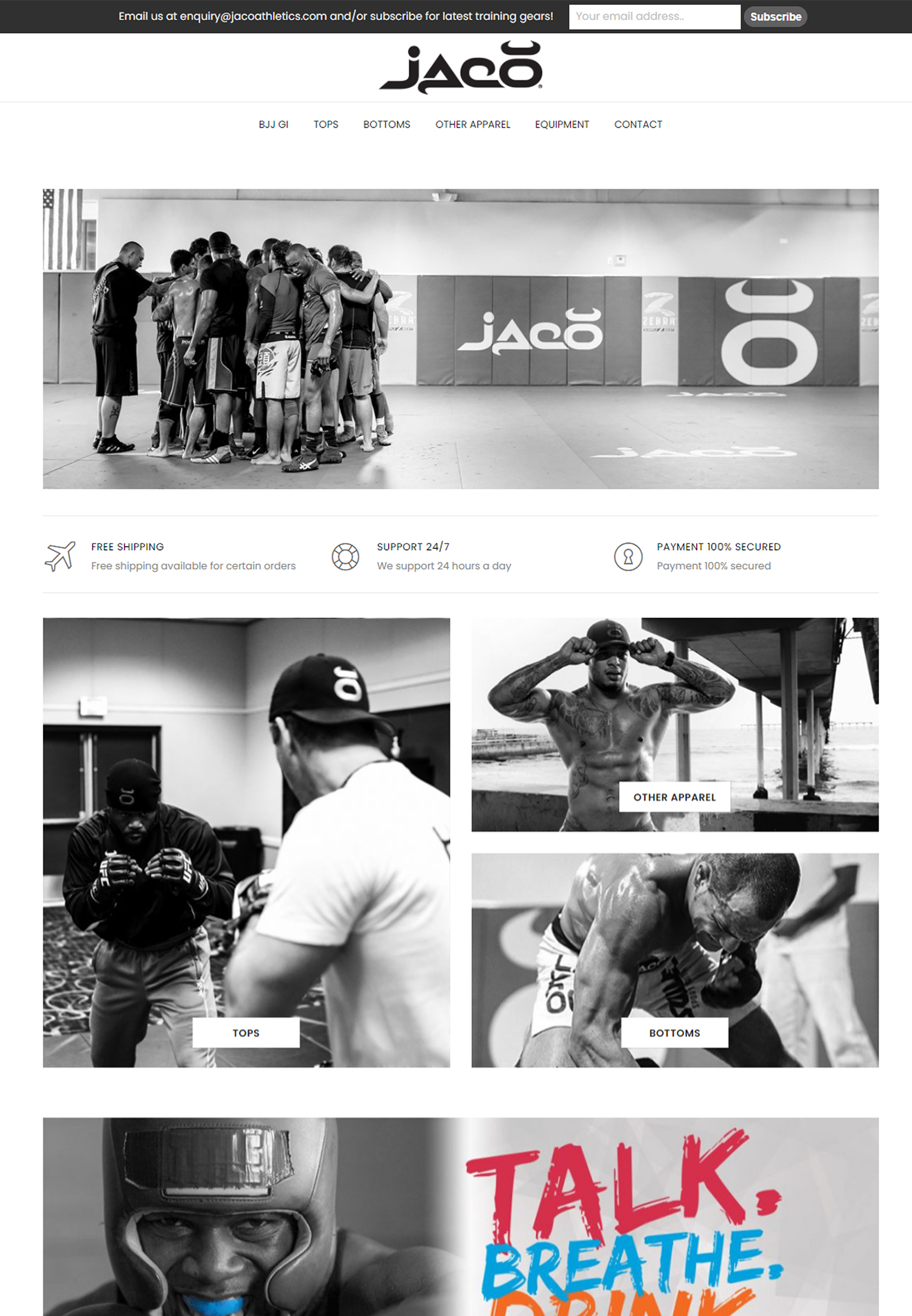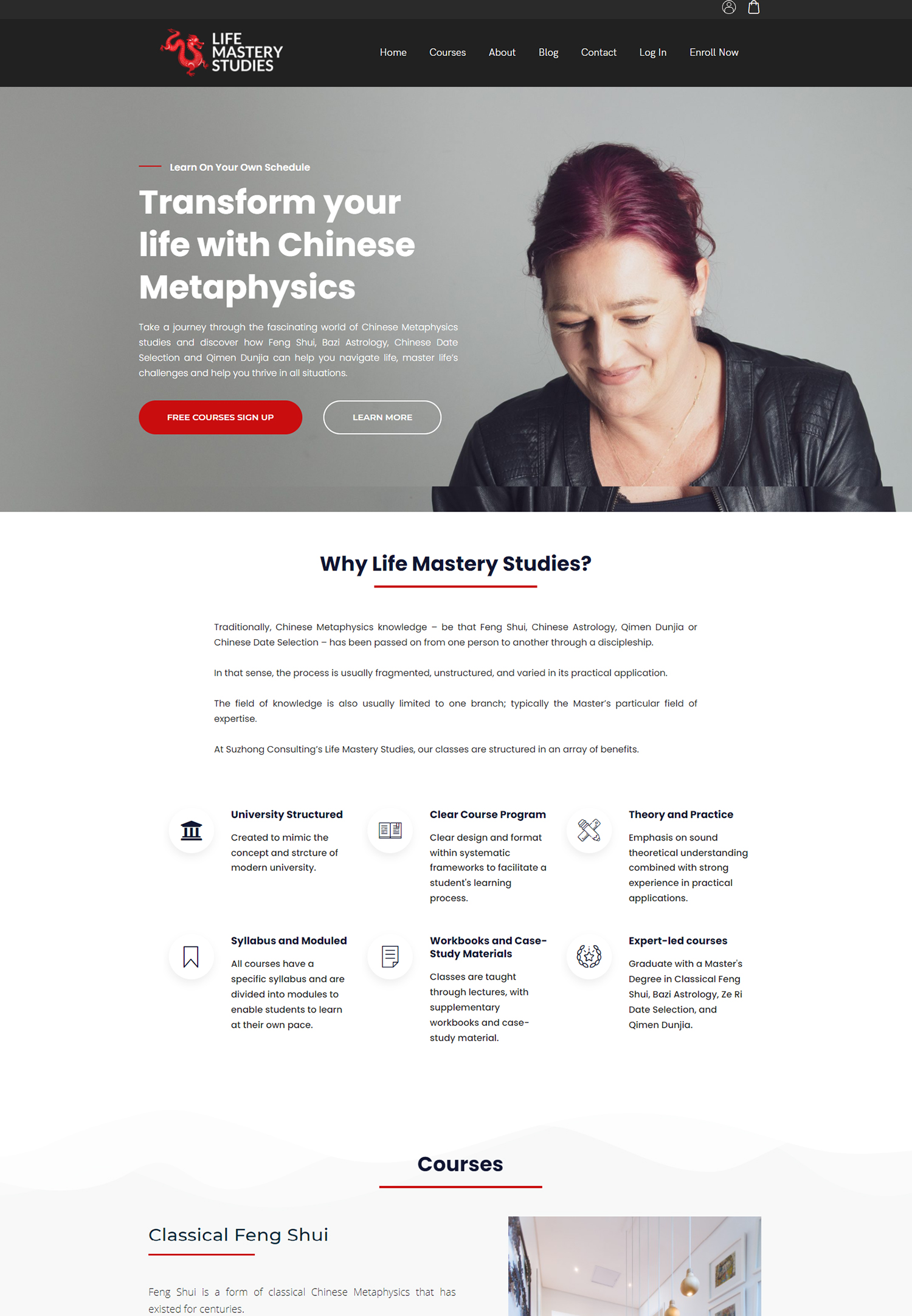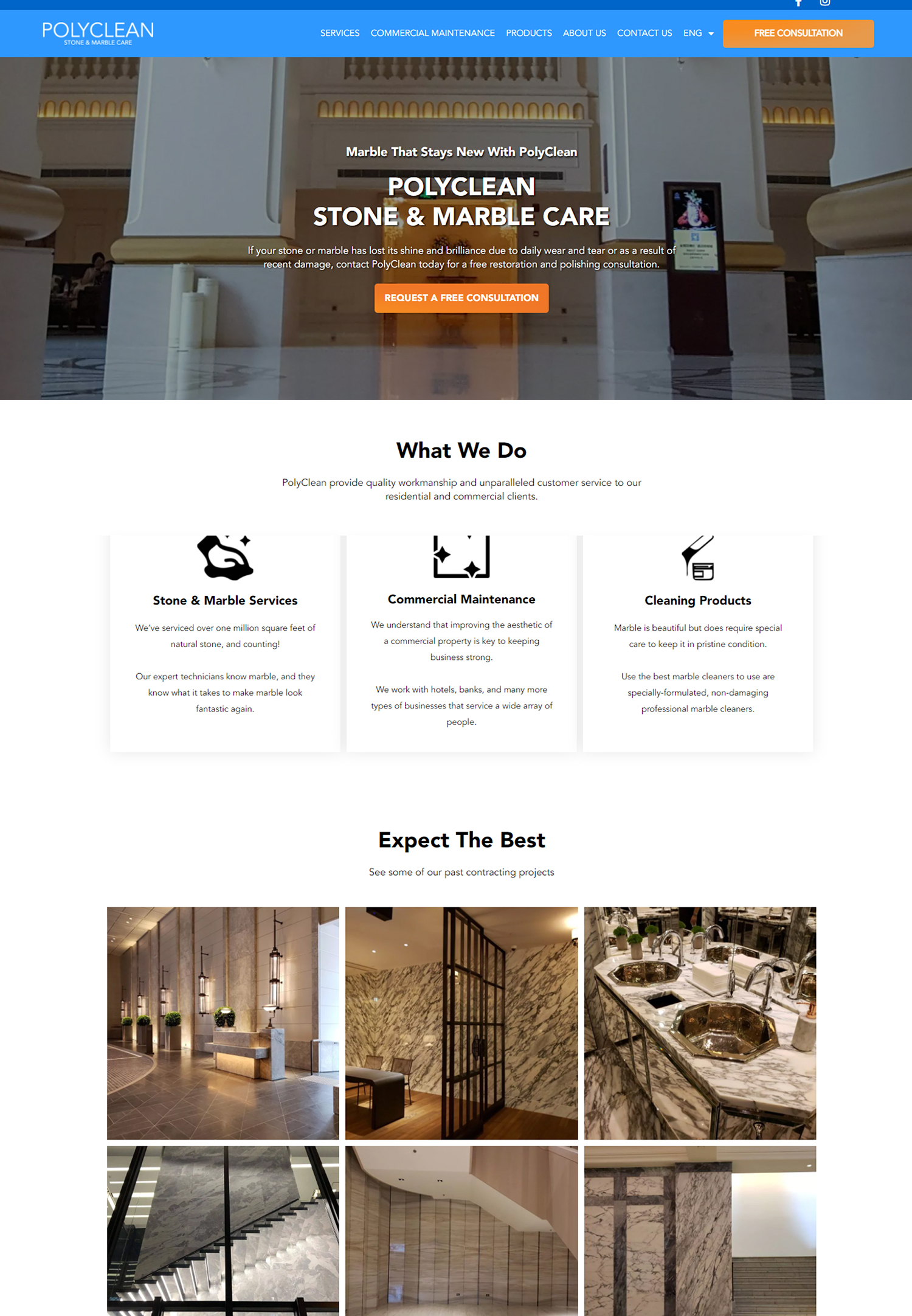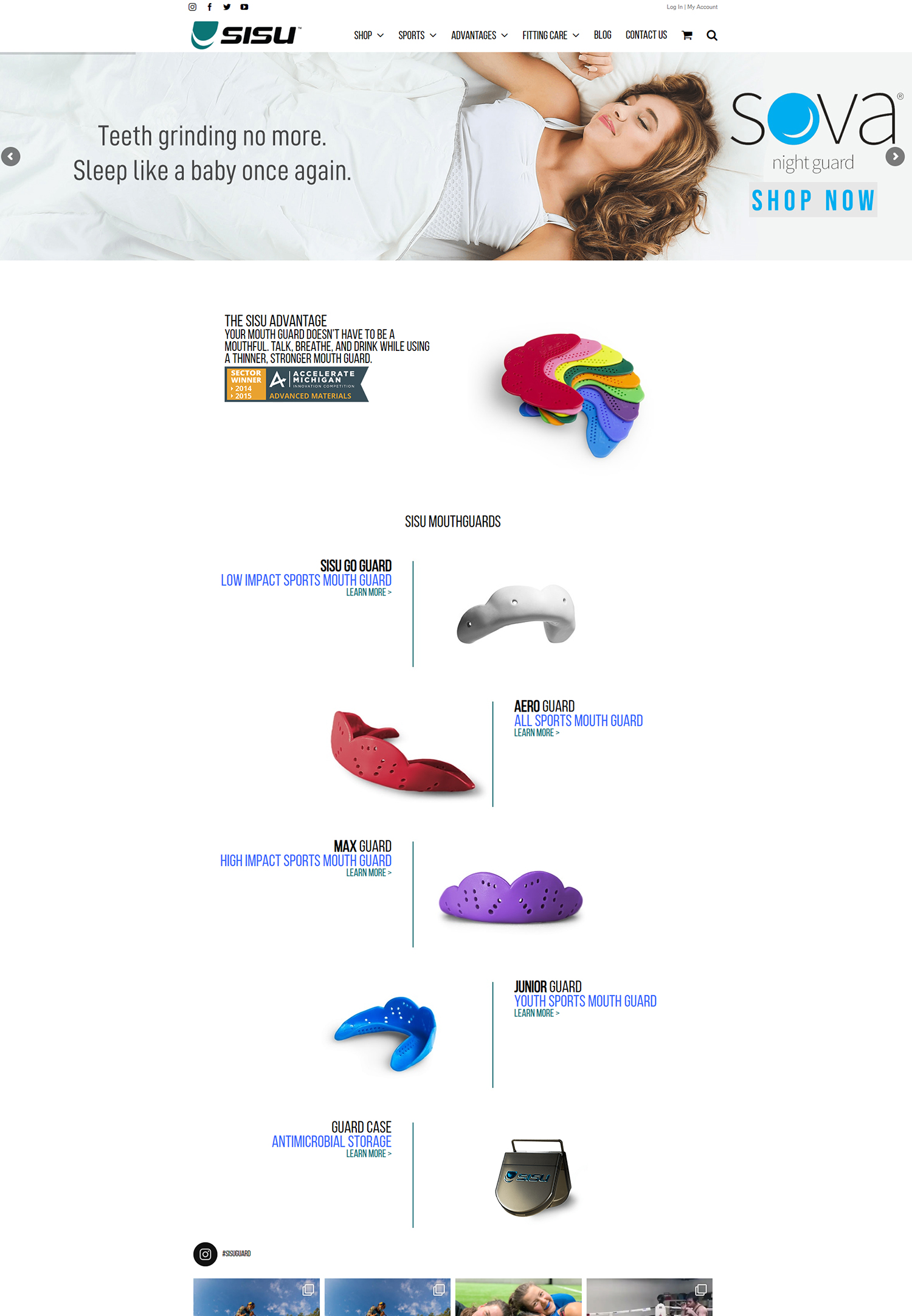Internet marketing, often referred to as online marketing or digital marketing, encompasses a wide array of strategies and techniques aimed at promoting products or services through the internet. At its core, it involves leveraging various online platforms to reach potential customers, engage with them, and ultimately drive sales. The evolution of the internet has transformed traditional marketing paradigms, allowing businesses to connect with their audience in real-time and on a global scale.
This shift has made it essential for businesses, especially small enterprises, to understand the fundamentals of internet marketing to remain competitive in an increasingly digital marketplace. One of the key components of internet marketing is the ability to track and analyze consumer behavior. Unlike traditional marketing methods, which often rely on broad demographic data, internet marketing provides detailed insights into how users interact with content.
Tools such as Google Analytics allow businesses to monitor website traffic, user engagement, and conversion rates. This data-driven approach enables marketers to refine their strategies based on actual user behavior, making it possible to tailor campaigns that resonate with specific audiences. Understanding these basics is crucial for any business looking to harness the full potential of online marketing.
Key Takeaways
- Internet marketing involves promoting products or services using online channels such as websites, social media, and email.
- A strong online presence for a small business includes having a professional website, engaging in social media, and utilizing online directories.
- Social media is a powerful tool for connecting with a target audience through regular posts, engaging content, and direct interaction.
- Engaging content, such as blog posts, videos, and infographics, can attract and retain customers by providing valuable information and entertainment.
- SEO strategies, including keyword optimization and link building, can improve a website’s visibility in search engine results and drive organic traffic.
- Email marketing can be leveraged to reach and convert leads by sending targeted and personalized messages to subscribers.
- Online advertising and paid marketing, such as pay-per-click (PPC) ads, can help businesses reach a wider audience and drive immediate results.
- Measuring and analyzing internet marketing efforts through tools like Google Analytics can provide insights into the effectiveness of various strategies and channels.
Building a Strong Online Presence for Your Small Business
Establishing a robust online presence is foundational for any small business aiming to thrive in the digital landscape. This begins with creating a professional website that serves as the central hub for all online activities. A well-designed website not only showcases products or services but also reflects the brand’s identity and values.
It should be user-friendly, mobile-responsive, and optimized for search engines to ensure that potential customers can easily find it. Incorporating elements such as clear calls-to-action, engaging visuals, and informative content can significantly enhance user experience and encourage visitors to explore further. In addition to a website, small businesses should consider claiming their presence on various online platforms.
This includes social media channels, business directories, and review sites. Platforms like Google My Business allow businesses to manage their online information and appear in local search results, which is particularly beneficial for small enterprises targeting local customers. By actively engaging with customers on social media and responding to reviews, businesses can build trust and credibility within their community.
This multifaceted approach not only increases visibility but also fosters a sense of connection with potential customers.
Utilizing Social Media to Connect with Your Target Audience
Social media has revolutionized the way businesses interact with their customers. Platforms such as Facebook, Instagram, Twitter, and LinkedIn provide unique opportunities for small businesses to engage directly with their target audience. By creating compelling profiles and sharing relevant content, businesses can cultivate a loyal following and encourage customer interaction.
Social media allows for real-time communication, enabling businesses to respond promptly to inquiries or feedback, which can enhance customer satisfaction and loyalty. Moreover, social media advertising offers targeted options that can help small businesses reach specific demographics based on interests, behaviors, and location. For instance, Facebook Ads allows businesses to create highly targeted campaigns that can be tailored to reach users who are most likely to be interested in their products or services.
This level of targeting ensures that marketing efforts are not wasted on audiences that may not convert into customers. Additionally, leveraging user-generated content—such as customer reviews or photos—can further enhance engagement and authenticity, making the brand more relatable and trustworthy.
Creating Engaging Content to Attract and Retain Customers
| Content Type | Engagement Metric | Retention Metric |
|---|---|---|
| Blog Posts | Page Views, Comments | Returning Visitors, Time on Page |
| Social Media Posts | Likes, Shares, Comments | Followers, Profile Visits |
| Infographics | Shares, Saves | Reposts, Backlinks |
| Video Content | Views, Likes, Comments | Subscribers, Watch Time |
Content is often referred to as king in the realm of internet marketing, and for good reason. High-quality content serves as a magnet for attracting potential customers while also providing value that keeps them engaged over time. Businesses should focus on creating diverse types of content that cater to different audience preferences—this can include blog posts, videos, infographics, podcasts, and more.
For example, a small bakery might share recipes through blog posts while also posting visually appealing images of their baked goods on Instagram to entice followers. Engaging content not only informs but also entertains and inspires action. Storytelling is a powerful technique that can be employed to connect emotionally with the audience.
By sharing stories about the brand’s origins, customer experiences, or behind-the-scenes glimpses into daily operations, businesses can create a narrative that resonates with their audience. Additionally, incorporating interactive elements such as polls or quizzes can further enhance engagement by encouraging audience participation. The goal is to create a community around the brand where customers feel valued and connected.
Implementing Search Engine Optimization (SEO) Strategies
Search Engine Optimization (SEO) is a critical aspect of internet marketing that focuses on improving a website’s visibility in search engine results pages (SERPs). By optimizing various elements of a website—such as keywords, meta tags, and content structure—businesses can increase their chances of ranking higher in search results when potential customers search for relevant terms. For small businesses operating in competitive markets, effective SEO strategies can mean the difference between being discovered by new customers or being lost among countless competitors.
Keyword research is an essential first step in any SEO strategy. Identifying the terms and phrases that potential customers are using to search for products or services allows businesses to tailor their content accordingly. Tools like Google Keyword Planner can help identify high-traffic keywords relevant to a business’s niche.
Additionally, on-page SEO techniques—such as optimizing title tags, using header tags appropriately, and ensuring fast loading times—contribute significantly to improving user experience and search rankings. Off-page SEO strategies, including building backlinks from reputable sites and engaging in social media promotion, further enhance a website’s authority and visibility.
Leveraging Email Marketing to Reach and Convert Leads
Personalization is Key
The key to successful email marketing lies in delivering personalized and relevant content that resonates with subscribers’ interests and needs. For instance, a small clothing retailer might segment its email list based on customer preferences—sending tailored promotions or product recommendations based on past purchases.
Crafting Engaging Content
Moreover, crafting compelling subject lines and engaging email content is crucial for capturing attention in crowded inboxes. Businesses should aim to provide value through informative newsletters, exclusive offers, or helpful tips related to their industry.
Measuring Success and Encouraging Action
Incorporating clear calls-to-action encourages recipients to take the next step—whether it’s visiting the website, making a purchase, or sharing content with friends. Regularly analyzing email campaign performance metrics such as open rates and click-through rates allows businesses to refine their strategies over time for better results.
Harnessing the Power of Online Advertising and Paid Marketing
While organic reach through SEO and social media is valuable, online advertising offers an additional avenue for small businesses to gain visibility quickly. Pay-per-click (PPC) advertising platforms like Google Ads allow businesses to bid on keywords relevant to their offerings and display ads prominently in search results or across various websites within Google’s network. This targeted approach ensures that ads are shown to users actively searching for related products or services, increasing the likelihood of conversions.
Social media advertising also provides robust targeting options that enable businesses to reach specific demographics based on interests, behaviors, and location. For example, Instagram Ads can showcase visually appealing products directly in users’ feeds or stories, capturing attention in a visually-driven environment. Retargeting ads are another powerful tool; they allow businesses to re-engage users who have previously visited their website but did not convert.
By reminding these potential customers of their interest through tailored ads, businesses can effectively guide them back into the sales funnel.
Measuring and Analyzing the Effectiveness of Your Internet Marketing Efforts
To ensure that internet marketing efforts are yielding desired results, it is essential for businesses to measure and analyze their performance regularly. Key performance indicators (KPIs) such as website traffic, conversion rates, social media engagement metrics, and email open rates provide valuable insights into how well marketing strategies are performing. Utilizing analytics tools like Google Analytics enables businesses to track user behavior on their websites—identifying which pages are most popular, where users drop off in the conversion process, and how different traffic sources contribute to overall performance.
A/B testing is another effective method for evaluating marketing strategies. By comparing two versions of an ad or email campaign—such as different subject lines or call-to-action buttons—businesses can determine which variation resonates better with their audience. This iterative approach allows for continuous improvement based on real data rather than assumptions.
Ultimately, measuring effectiveness not only helps businesses understand what works but also informs future strategies by highlighting areas for optimization and growth within their internet marketing efforts.






